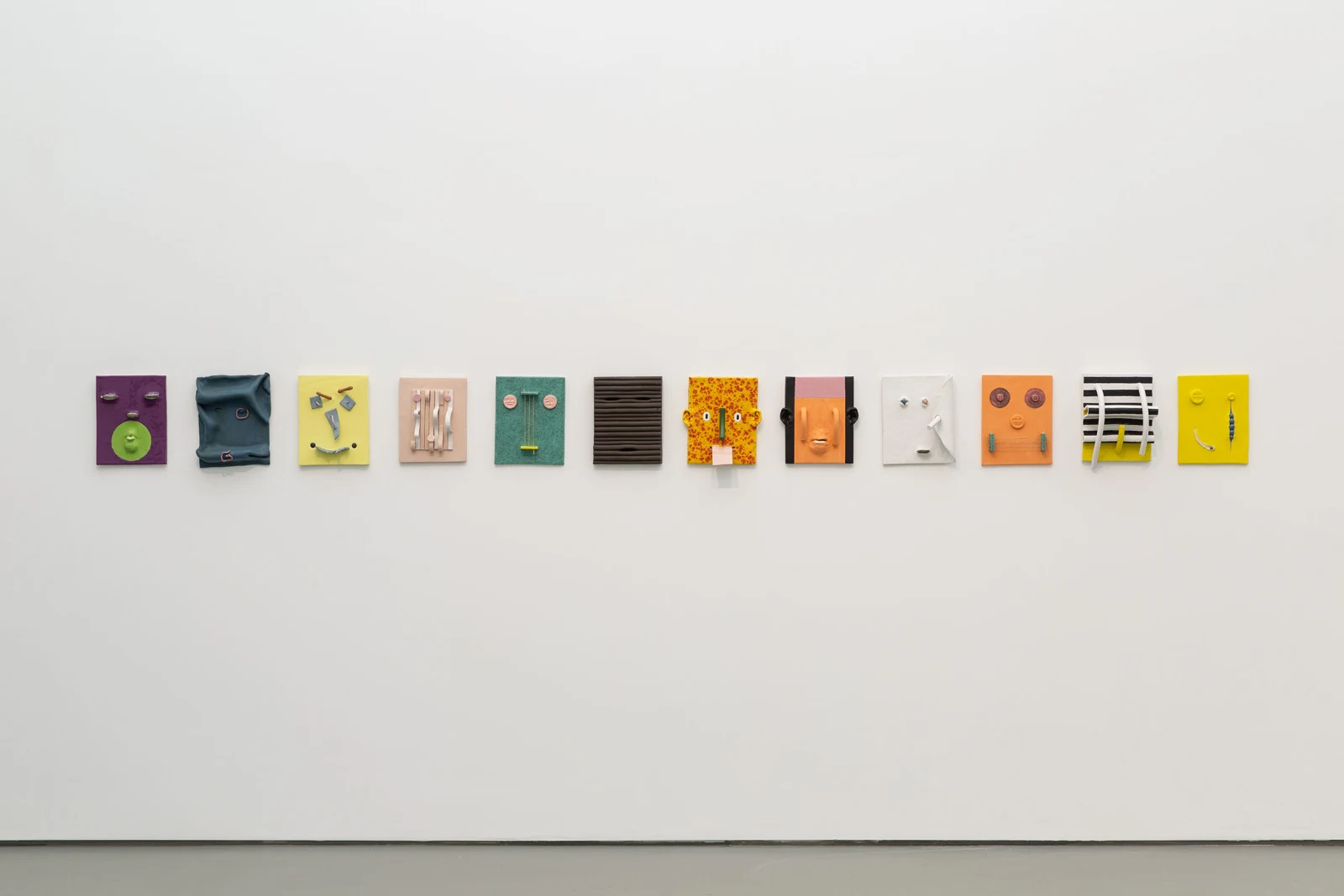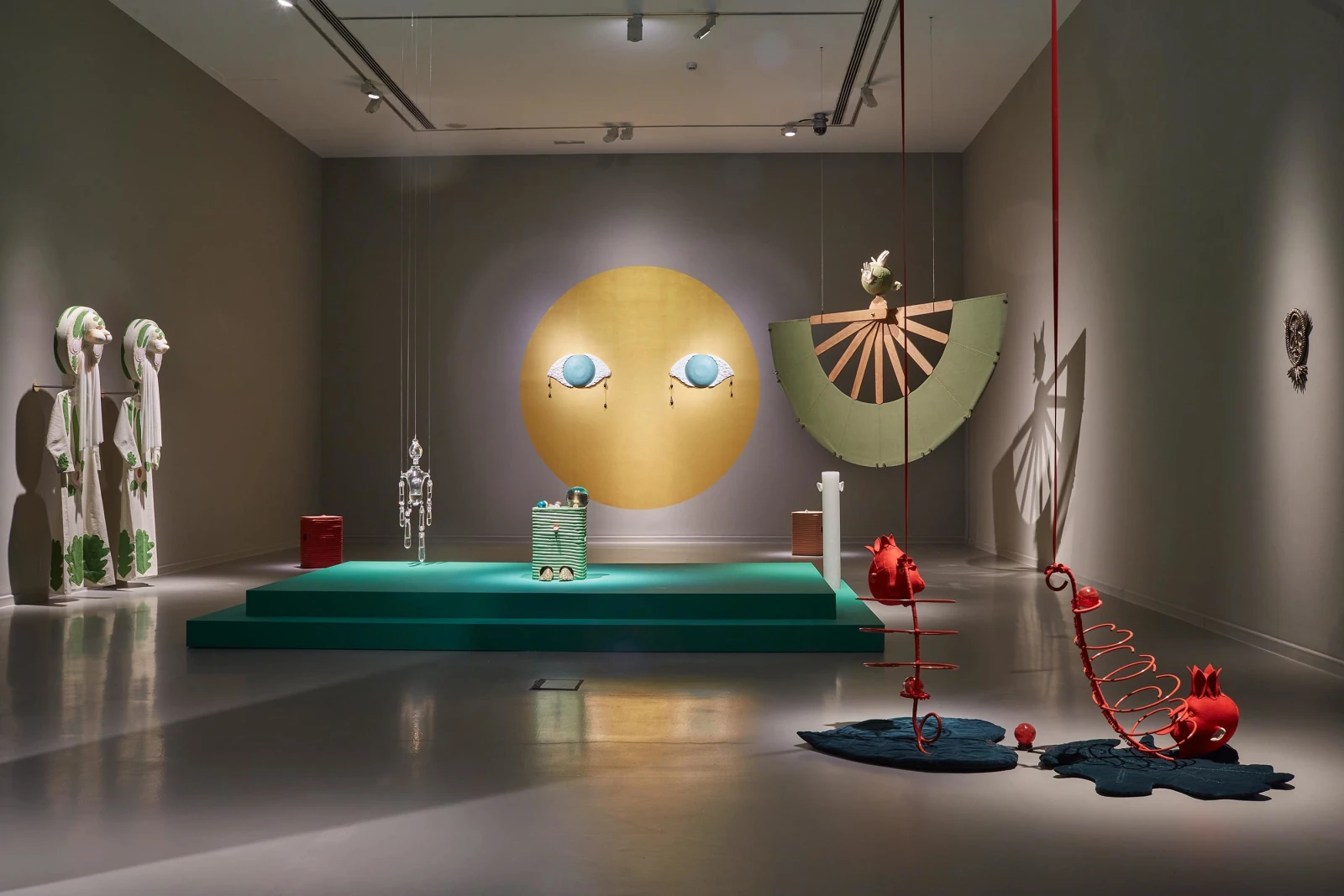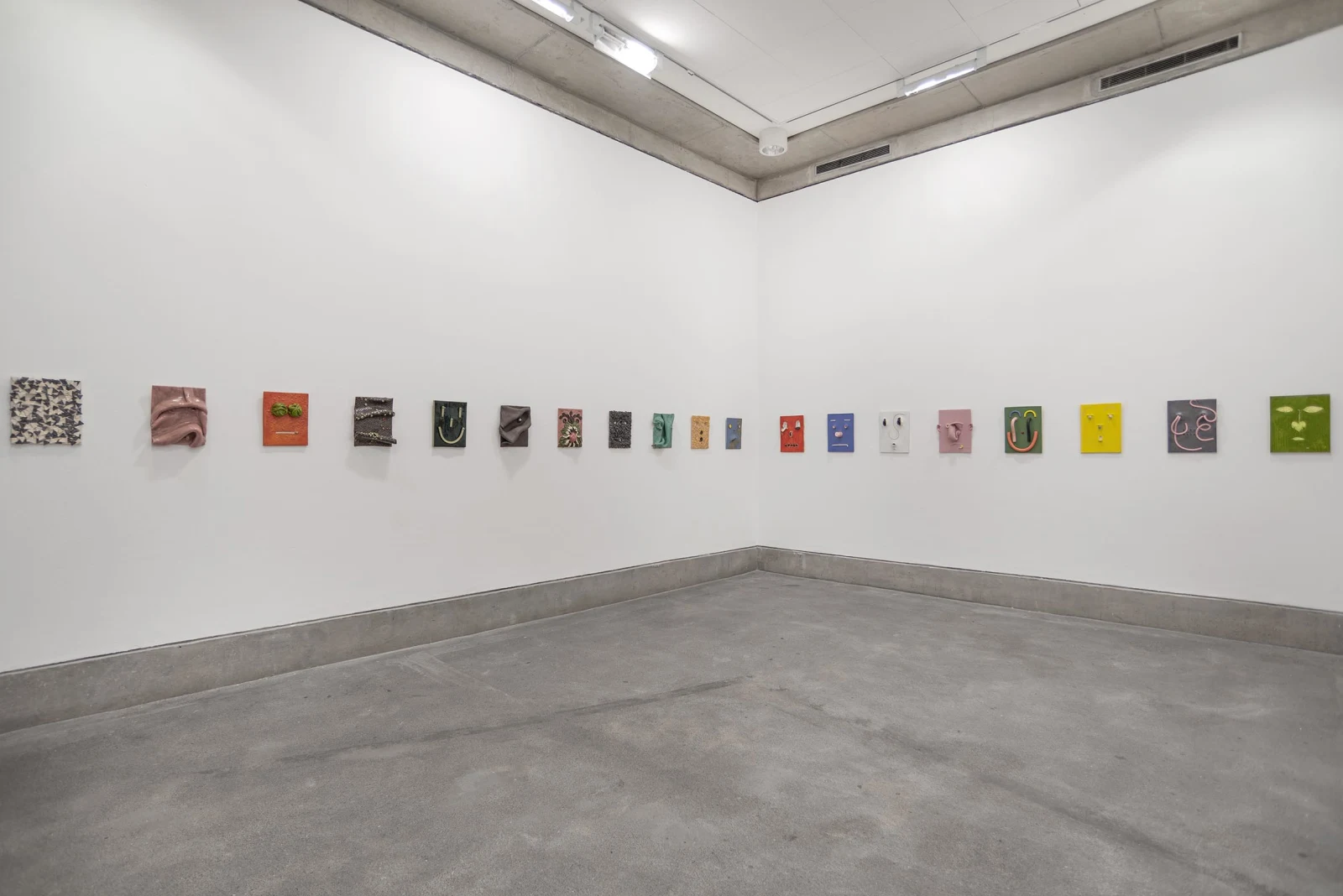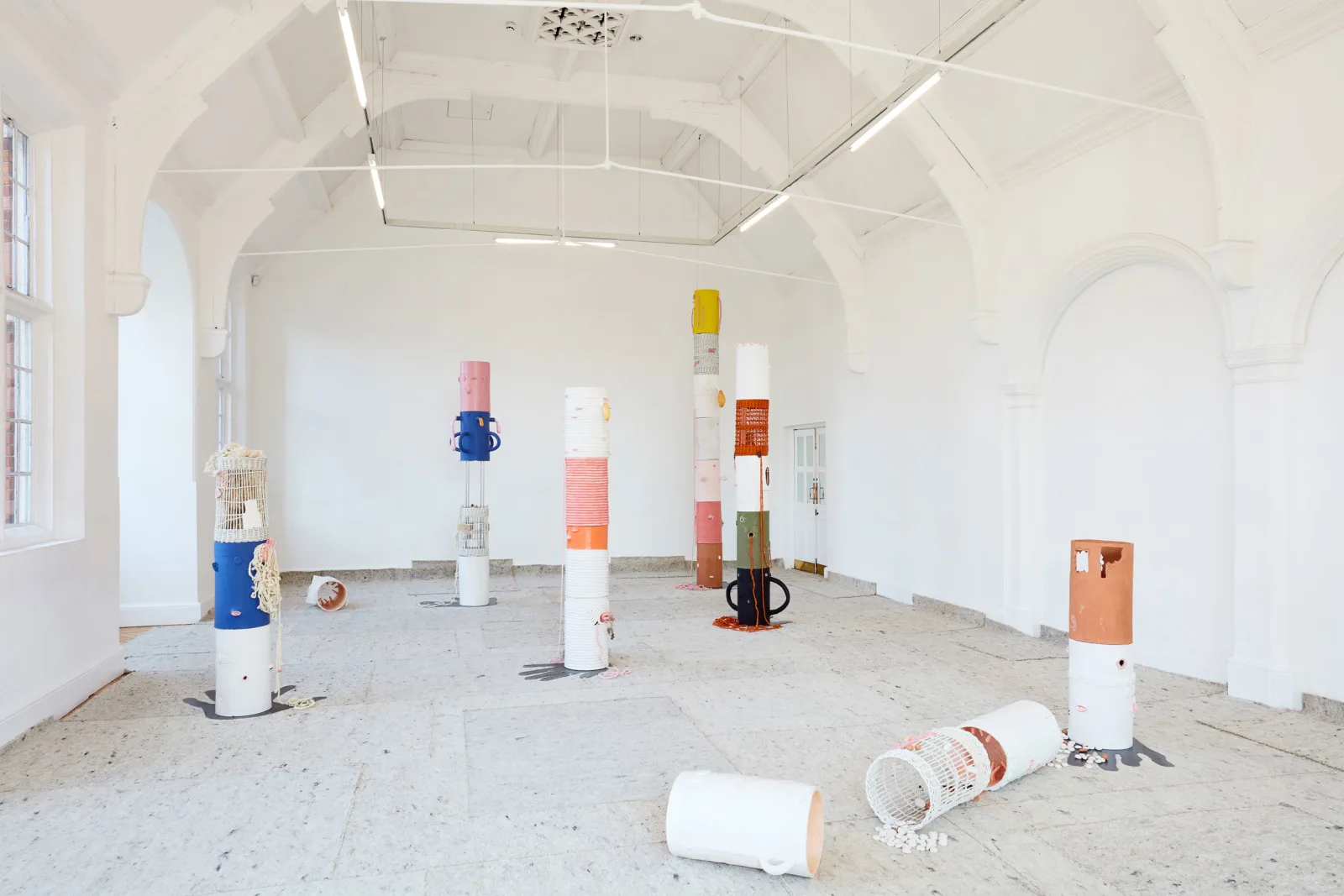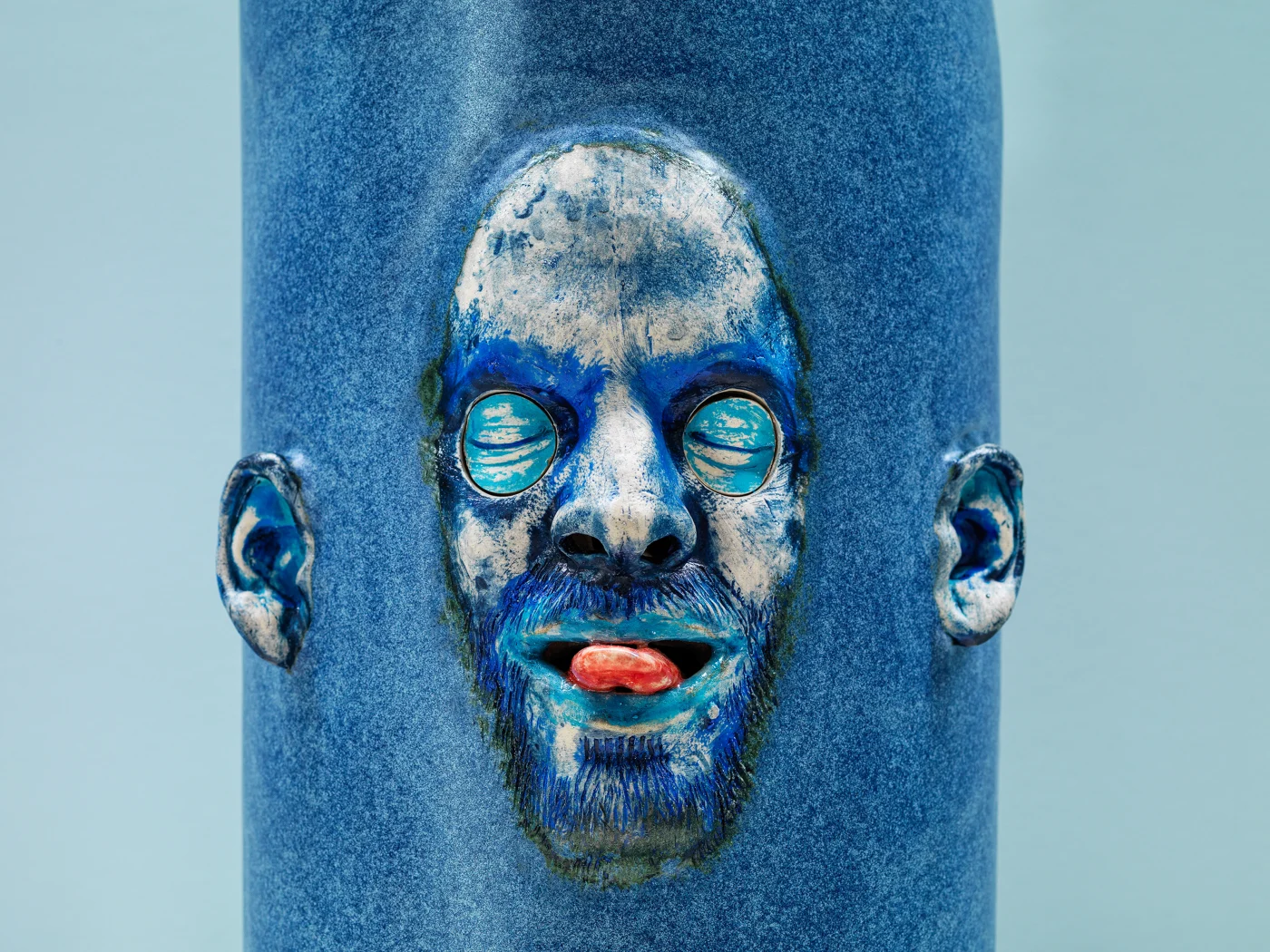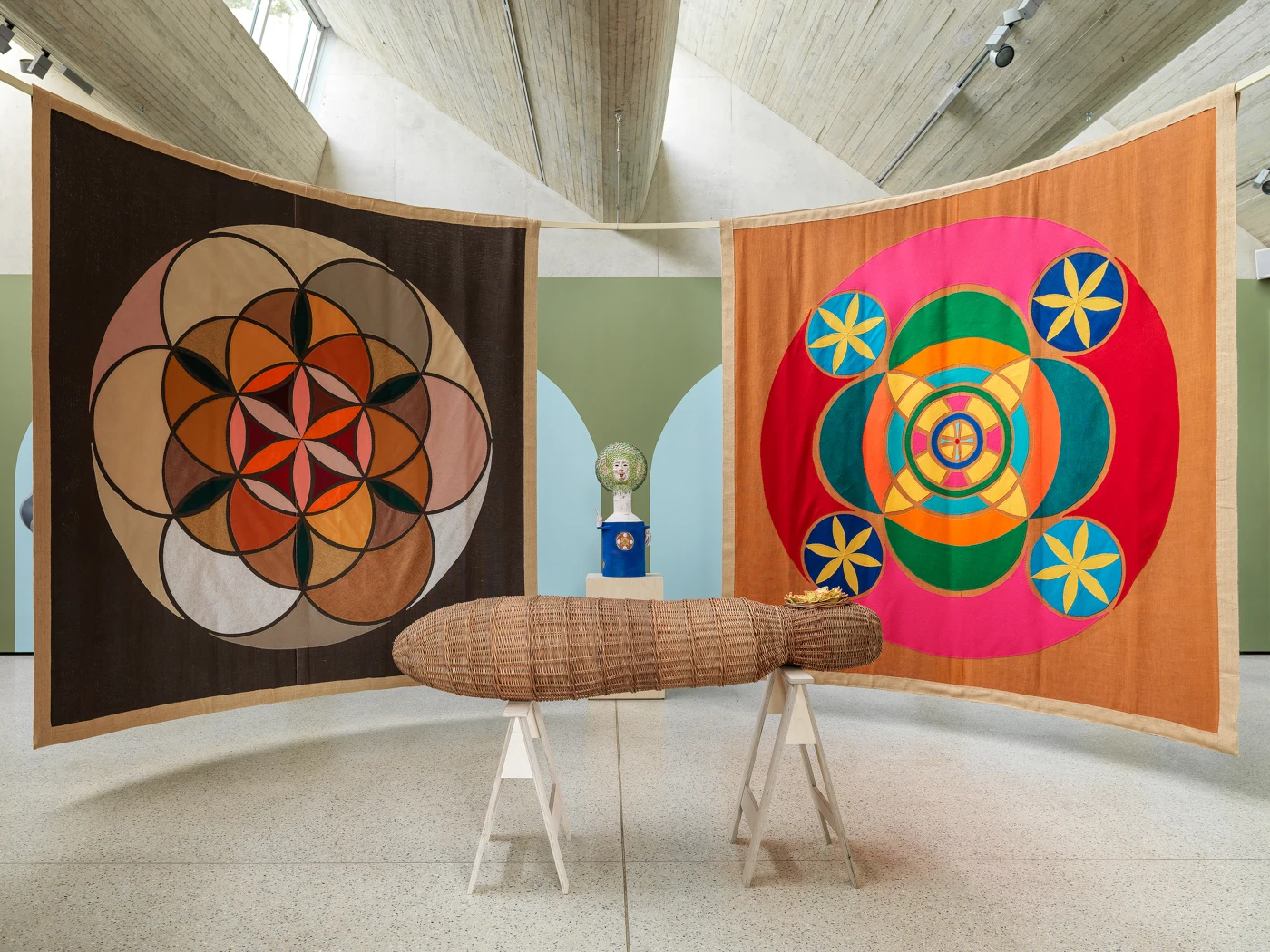Overview
Jonathan Baldock’s new exhibition Touch Wood at The Weston Gallery, Yorkshire Sculpture Park, is a joyous, sensory feast taking inspiration from medieval sculpture, sacred geometry, the seasons and folk motifs.
For Touch Wood in YSP’s Weston Gallery, Baldock will create a completely new body of work, embracing textile sculpture and hangings, ceramic sculpture, and an evocative soundscape, created by musician Luke Barton, that unites the show’s themes through song and sampled audio.
The artist’s overarching imagery for the exhibition has its origins in the fifteenth-century misericords and carved wooden figures from the quire* of nearby Wakefield Cathedral. Misericords are the protruding, carved shelves concealed underneath folding seats that offered an inconspicuous place to lean and rest while standing to recite prayers of the medieval church. As the misericords were hidden out of sight, the craftspeople who carved them were given secretive freedom in their creation, and their subject matter relates more closely to nature’s bounty or to mythical beasts than it does to overtly religious iconography.
Jonathan Baldock’s new exhibition Touch Wood at The Weston Gallery, Yorkshire Sculpture Park, is a joyous, sensory feast taking inspiration from medieval sculpture, sacred geometry, the seasons and folk motifs.

“I’m excited to see how Jonathan is so deftly weaving together influences from many different times and spheres, and interpreting them through a contemporary, queer lens. The connection to the carvings in Wakefield Cathedral celebrates the history of sculpture and makers locally, whilst his interest in the natural world and the rhythm of the seasons resonates with the landscape at YSP. Jonathan is a dynamic, thoughtful and playful artist whose installations bring joy as well as challenge.”
Sarah Coulson, Senior Curator at Yorkshire Sculpture Park

Baldock has a deep-rooted affinity to nature as he hails from generations of hop-gatherers and gardeners who have had a physical, emotional and sustaining relationship with the land. At the centre of the gallery are four textile panels, each representing a different season, and hung in a circle to create a distinct, jewel-like space in the heart of the room. From the paler pastel shades of spring to the rusty tones of autumn, they capture the natural rhythms of a year. Embroidered onto each panel are designs inspired by sacred geometry – the shapes and growth patterns found throughout the natural world that connect all living things. Other textile hangings will form columns in the gallery, suggesting ecclesiastical architecture yet celebrating the earthly seasons.


‘Kiss from a Rose’ toys with the Christian conceptions of Christ’s body; its human form, its transfiguration in communion, and its resurrection. These themes echo the aesthetics of the nearby Wakefield Cathedral, including the bawdy imagery common in the Medieval era, even in sacred spaces. Comically pink buttocks and a pair of paint splattered feet burst from the church-like structure. A chrome dipped rose blooms from between the buttocks; a playful and strikingly beautiful thwarting of the cuboid’s clean lines. The church appears to have sprouted body parts: an absurdist reimagining of one of the most powerful authorities in British history. Baldock’s ceramic works often feature casts of his and his loved one’s faces and body parts. Here, the slick grey cube decorated with buttocks and feet is humorously made bodily.

Casts of the artist’s own face and body parts, as well as those of his mother and partner, feature as flower heads and fragmented appendages attached to, or emerging from, ceramic vessels. Their inclusion binds them together within objects that celebrate the presence of the maker, human relationships, how we hold onto people, and queer love. The ceramics also link to the carvings in Wakefield Cathedral, with one work hinting at a Green Man that has two faces like Janus, the Roman god of beginnings and doorways, who is represented with one face looking backwards and one forwards. Baldock features his own face on one side of a flower and his mother’s on the other, inextricably linking them in one moment in time at the threshold of the past and the future. Filling the gallery is a sound work that draws on and melds together the myriad themes and motifs of the show. It features samples of Gregorian chants, medieval and folk songs, recordings of plants growing and birdsong.

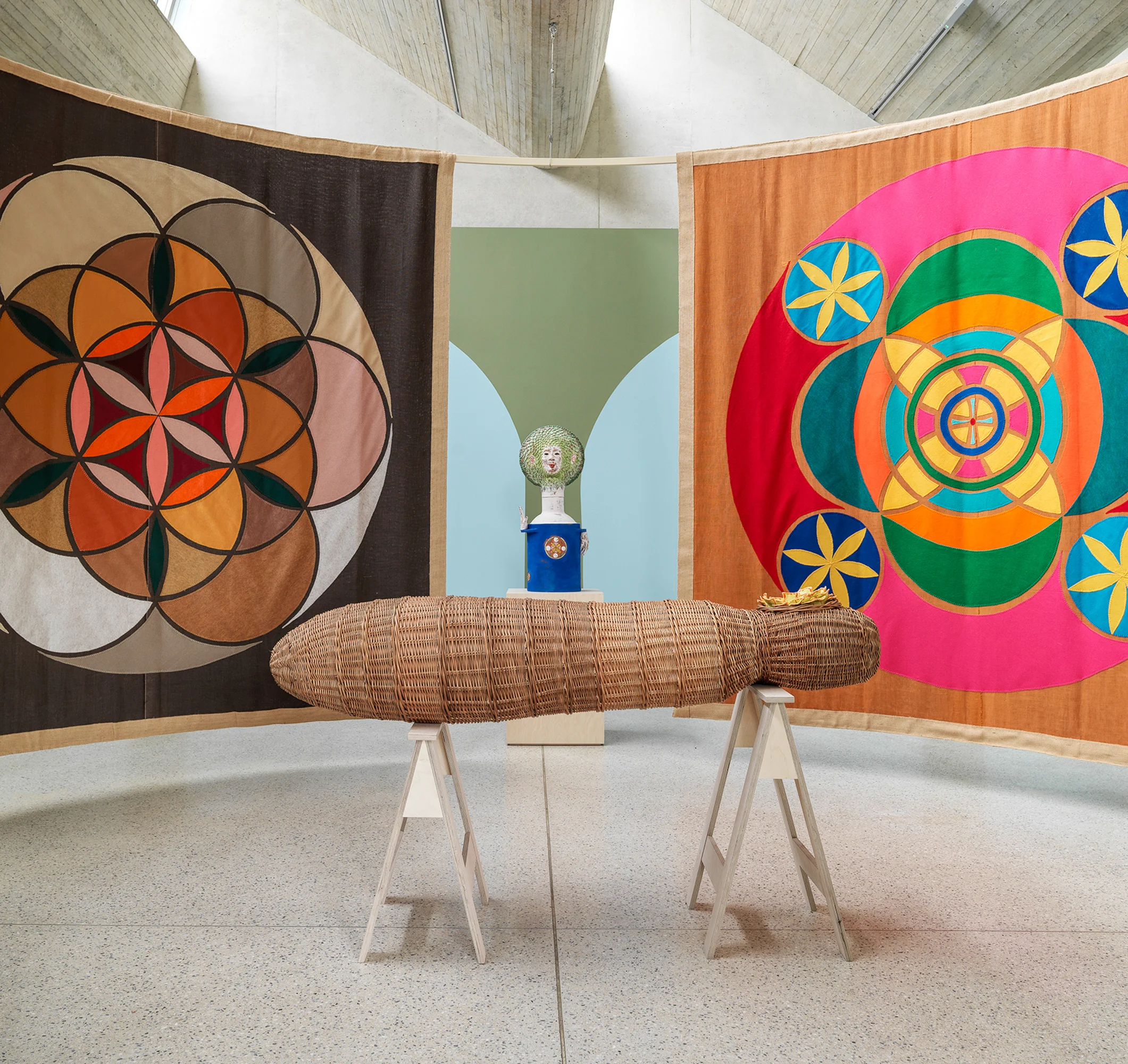
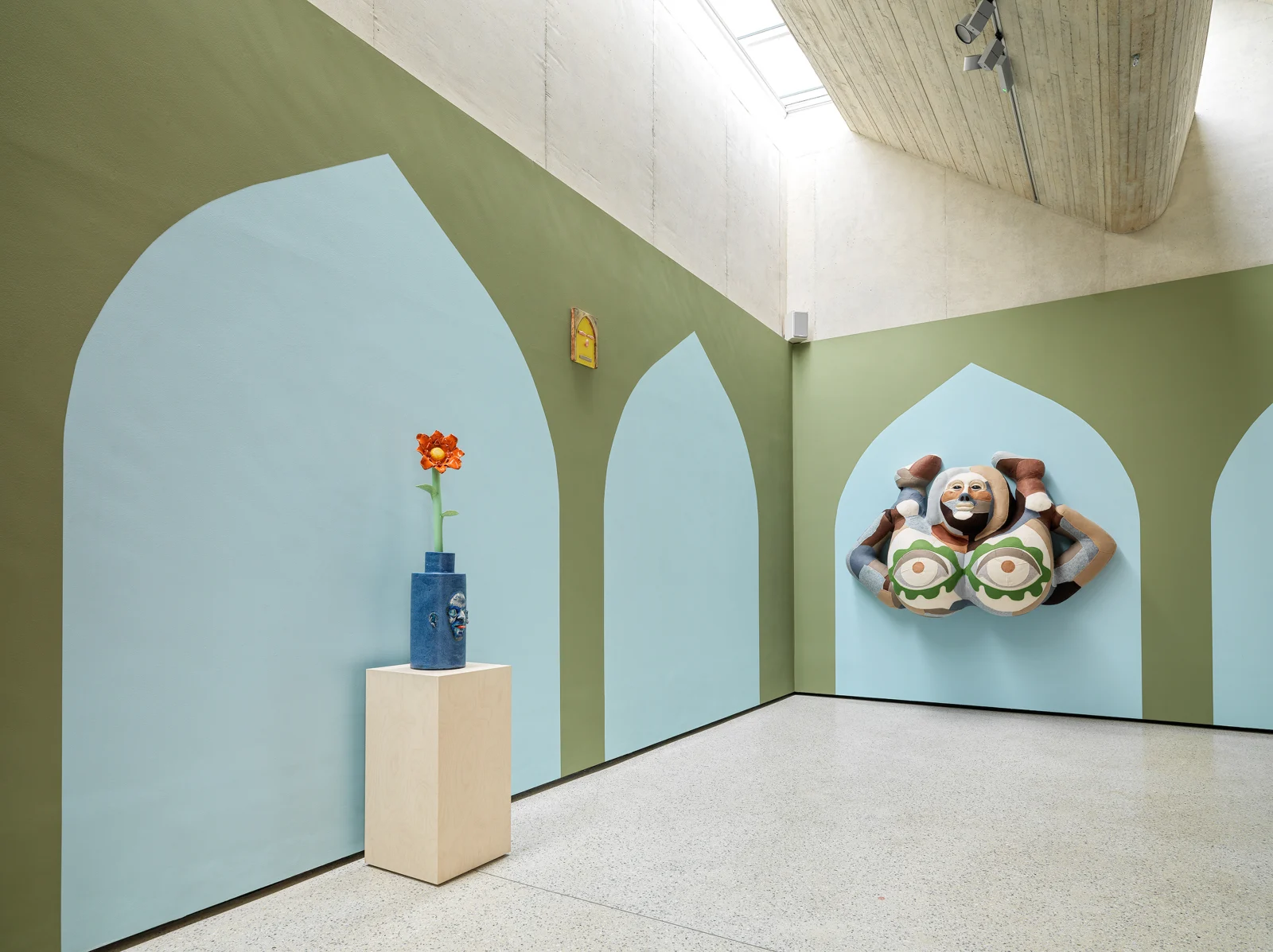


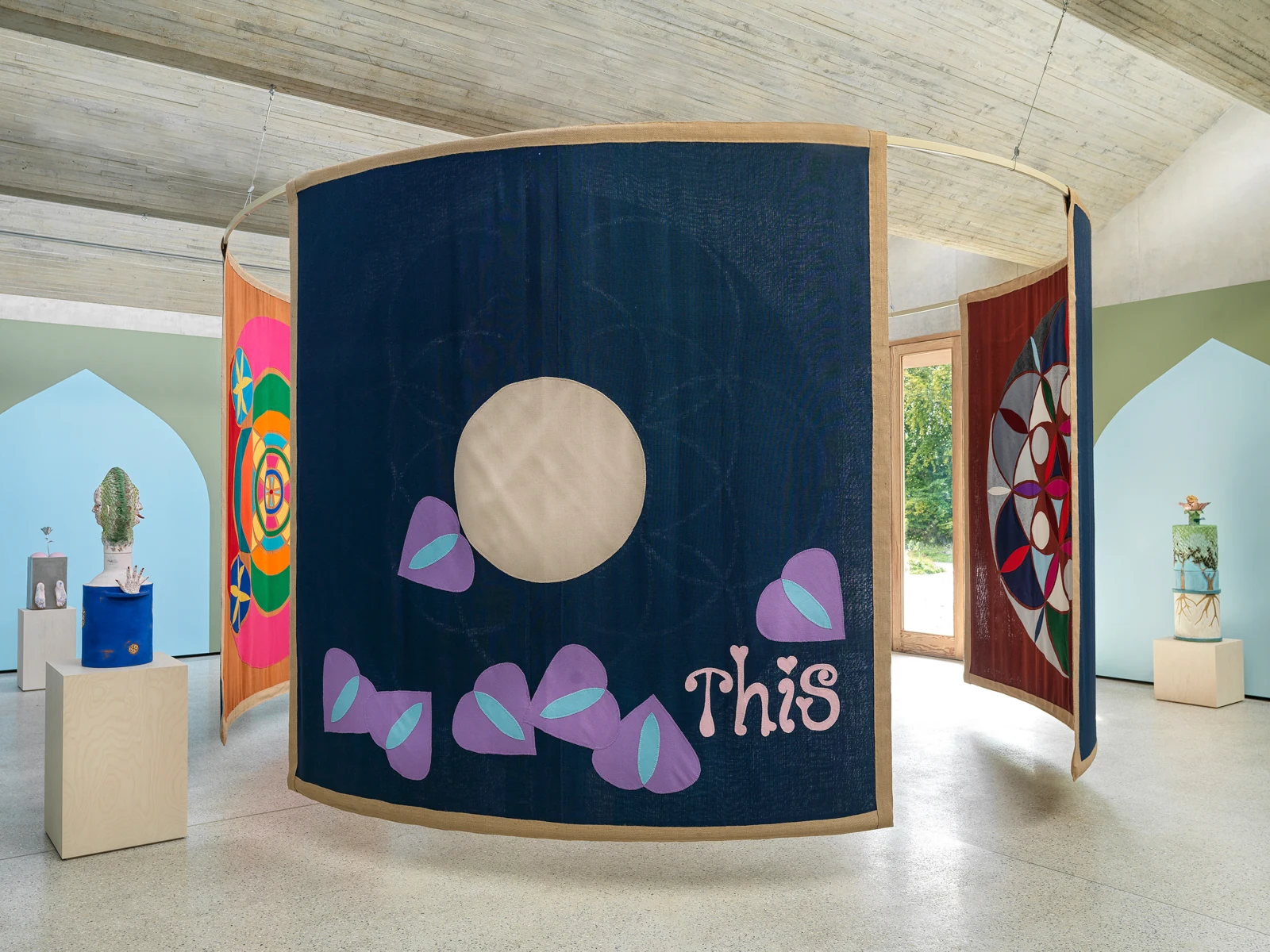
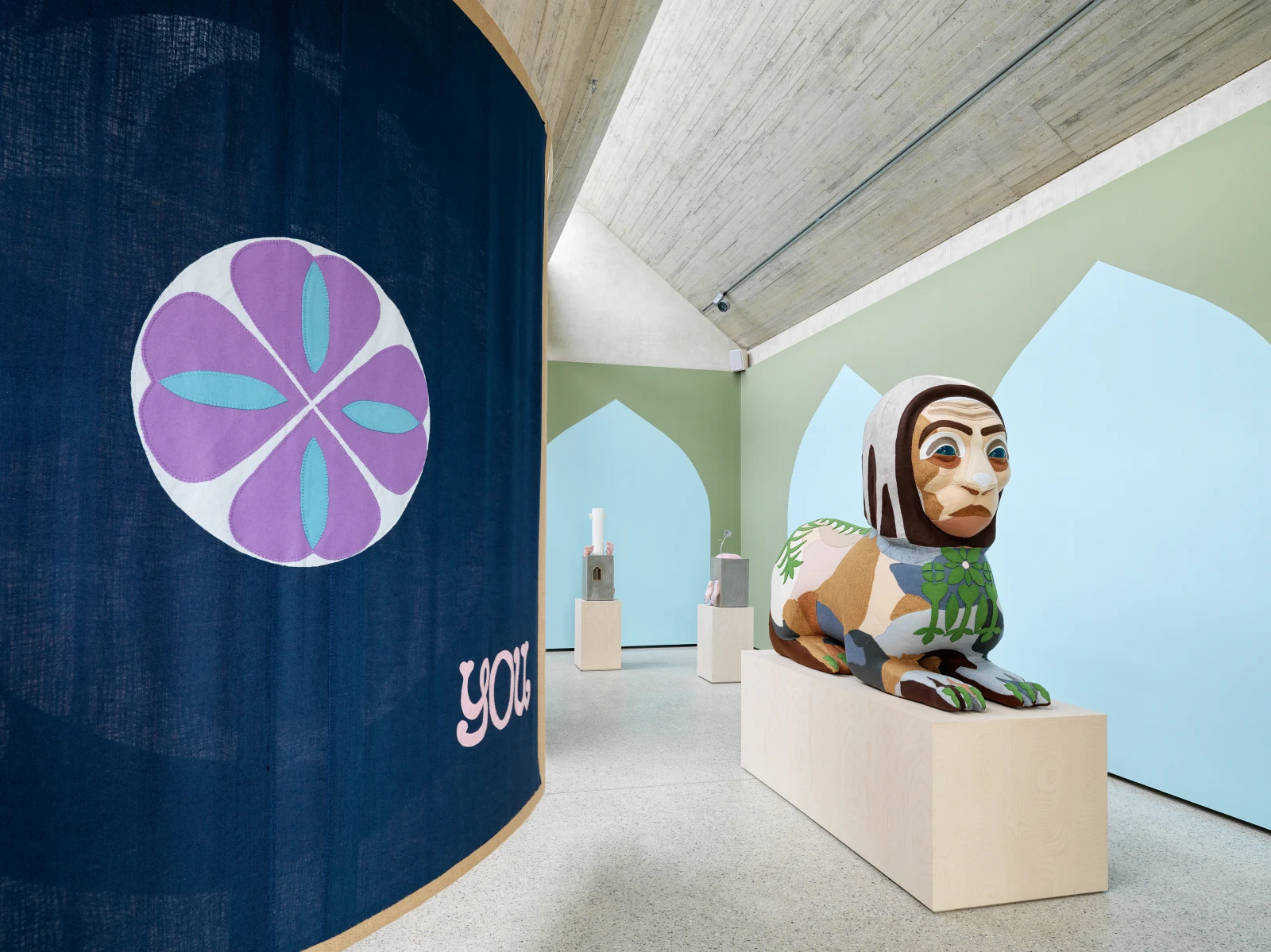

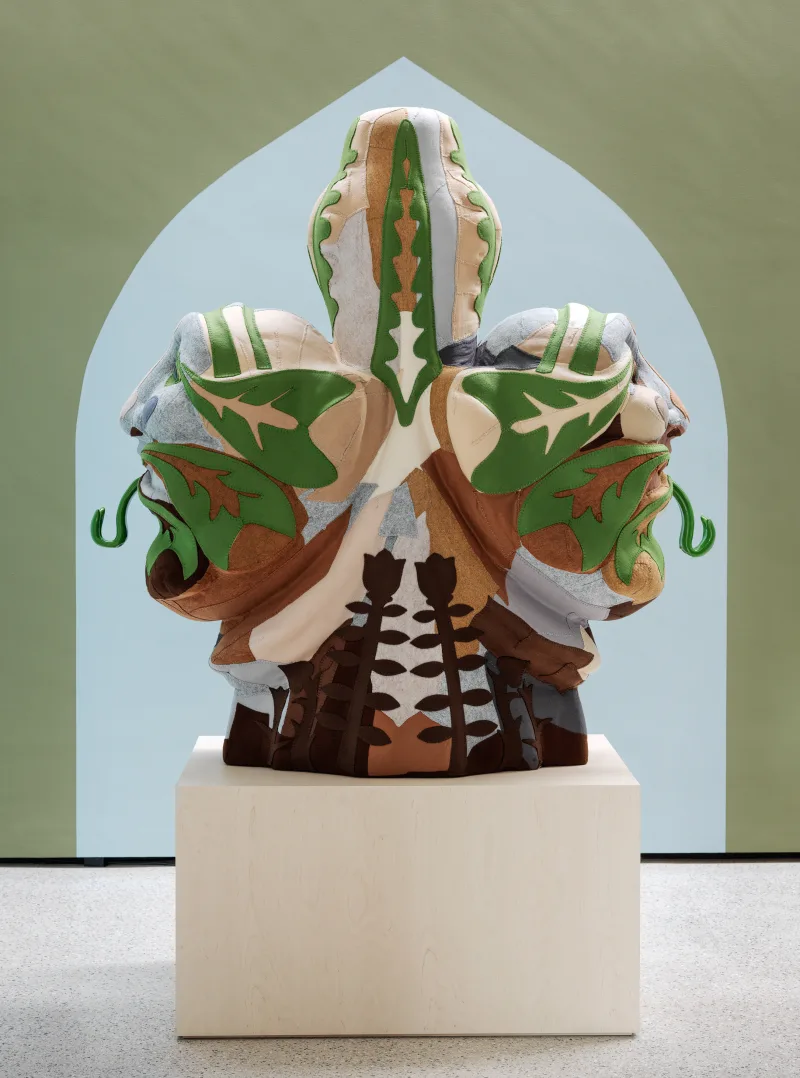
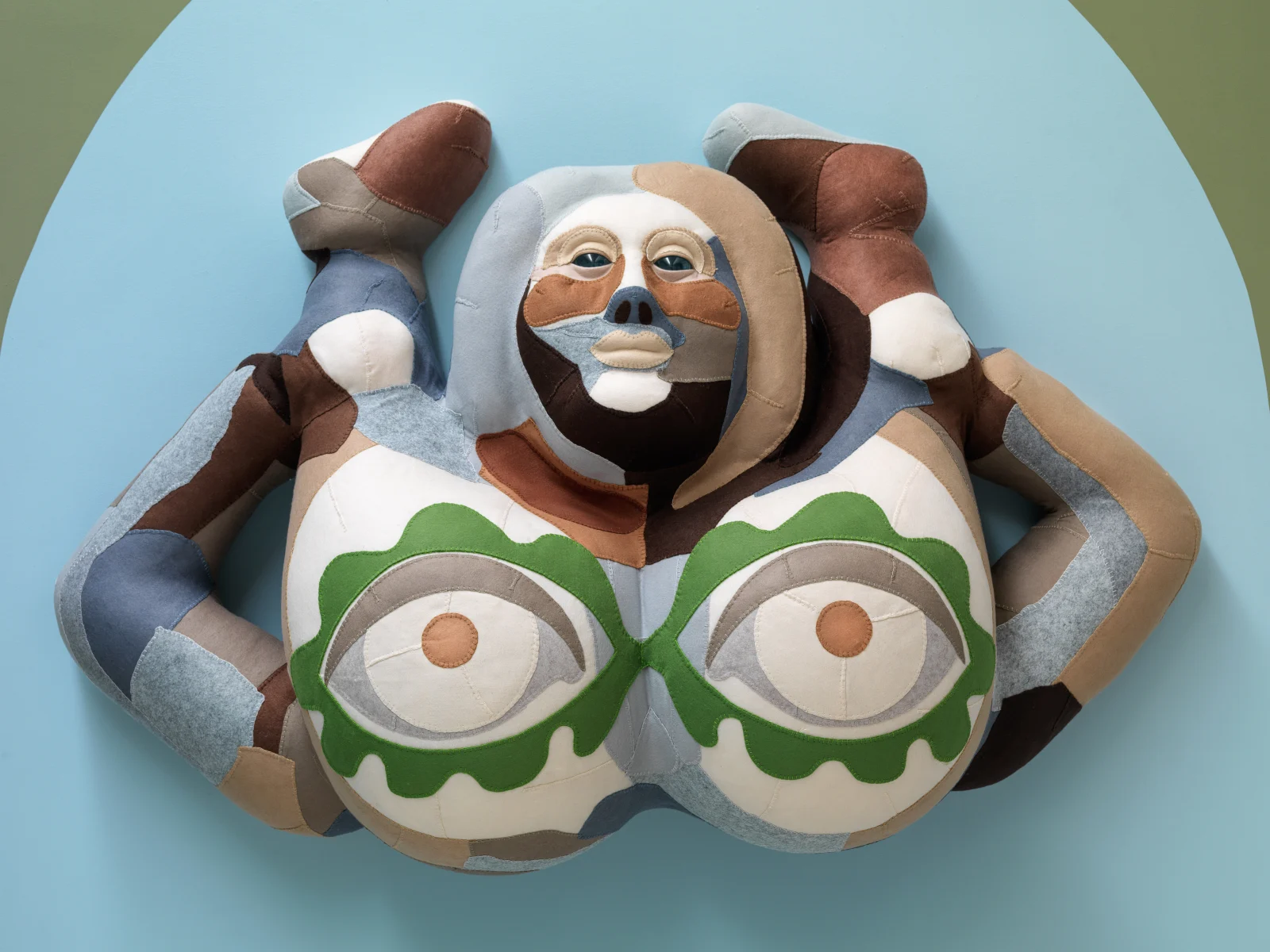
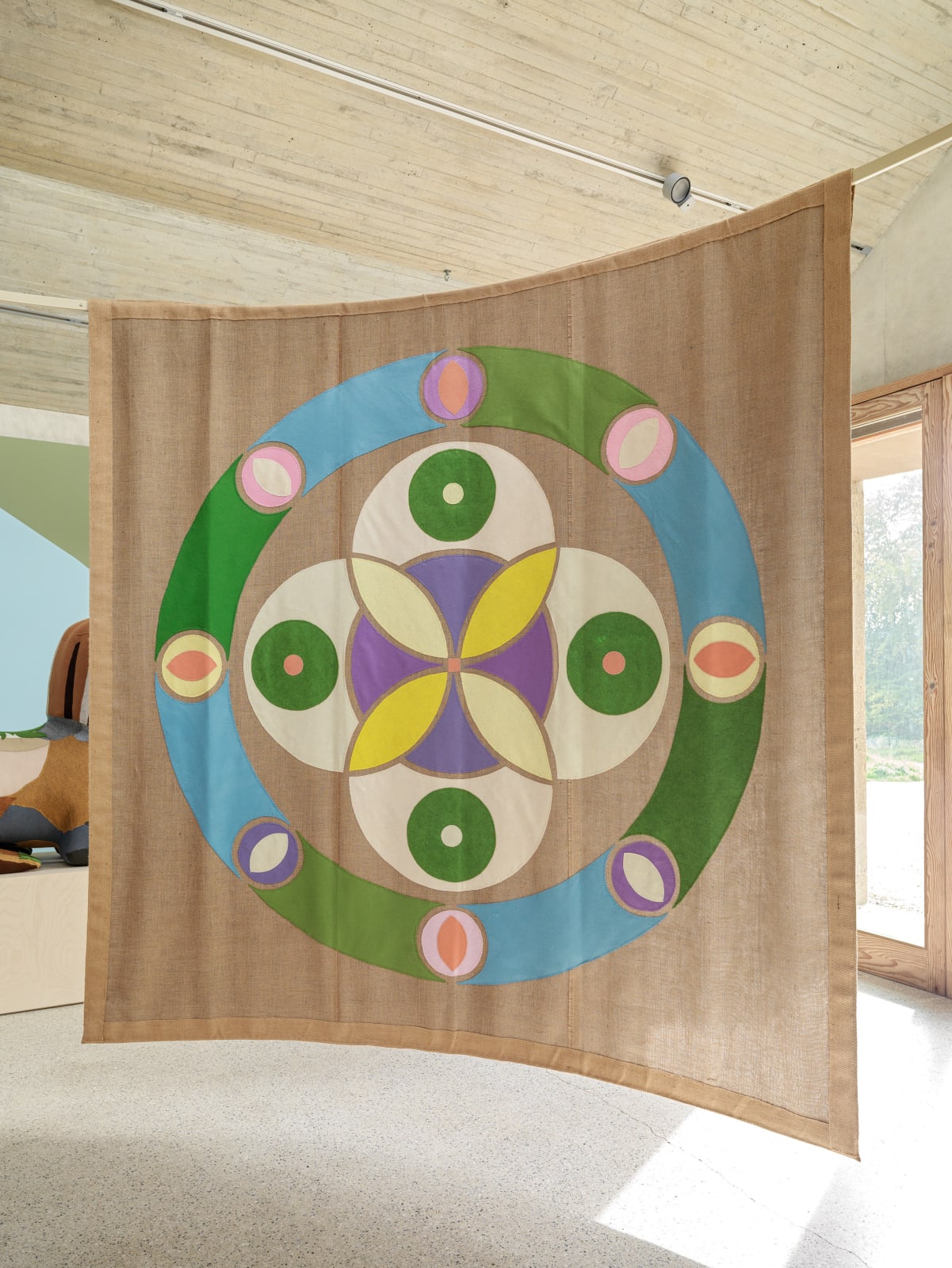
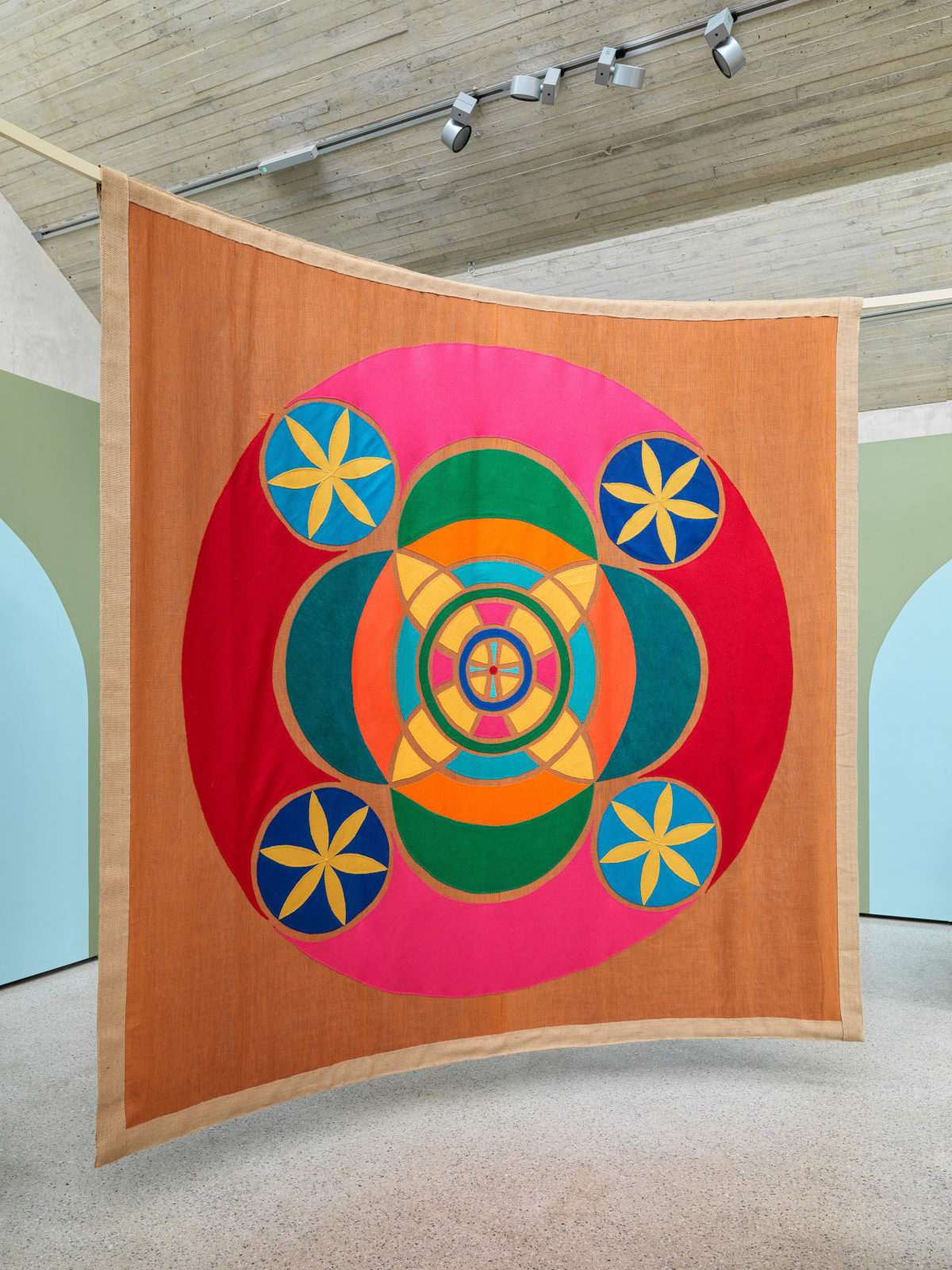
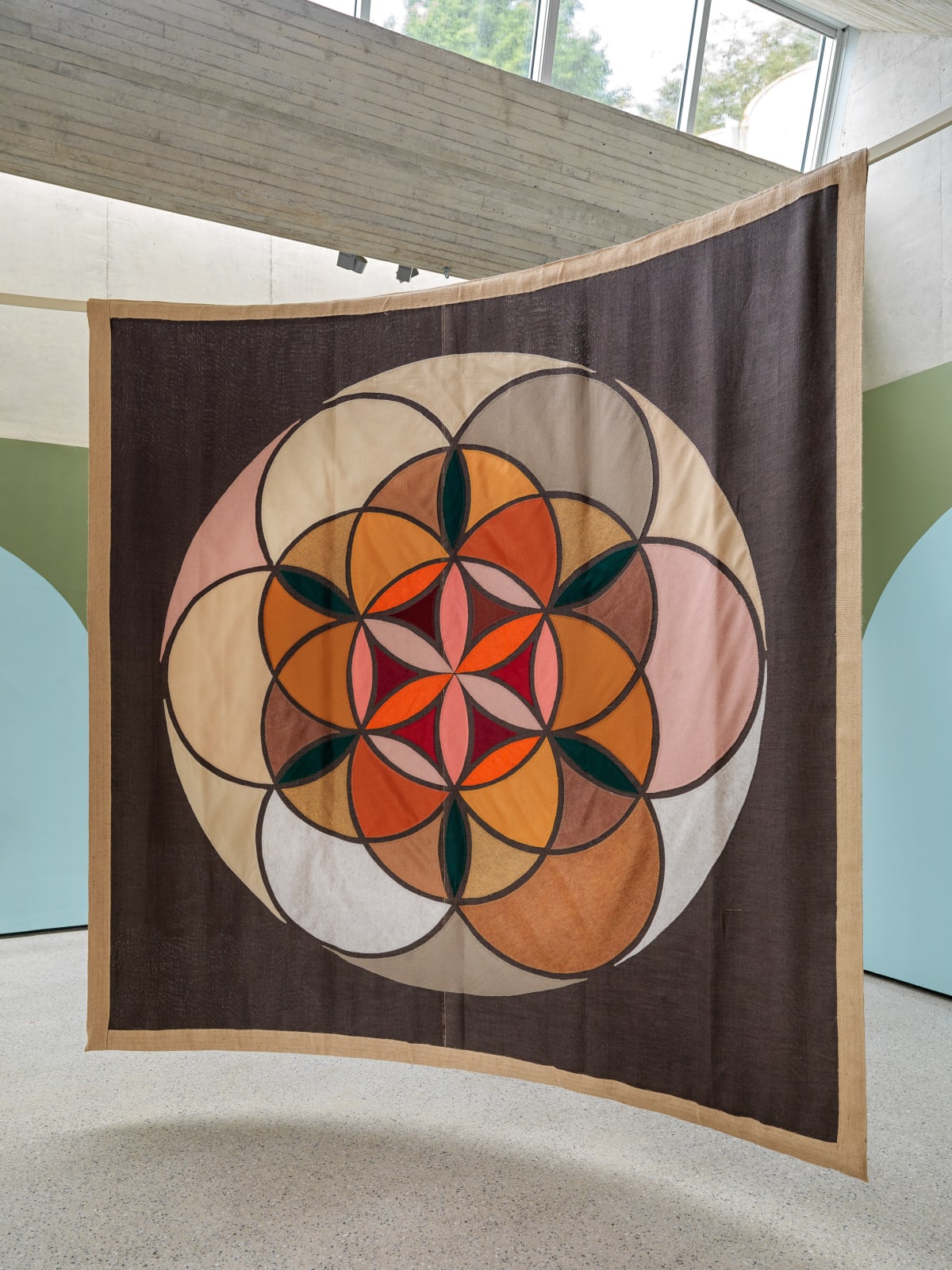


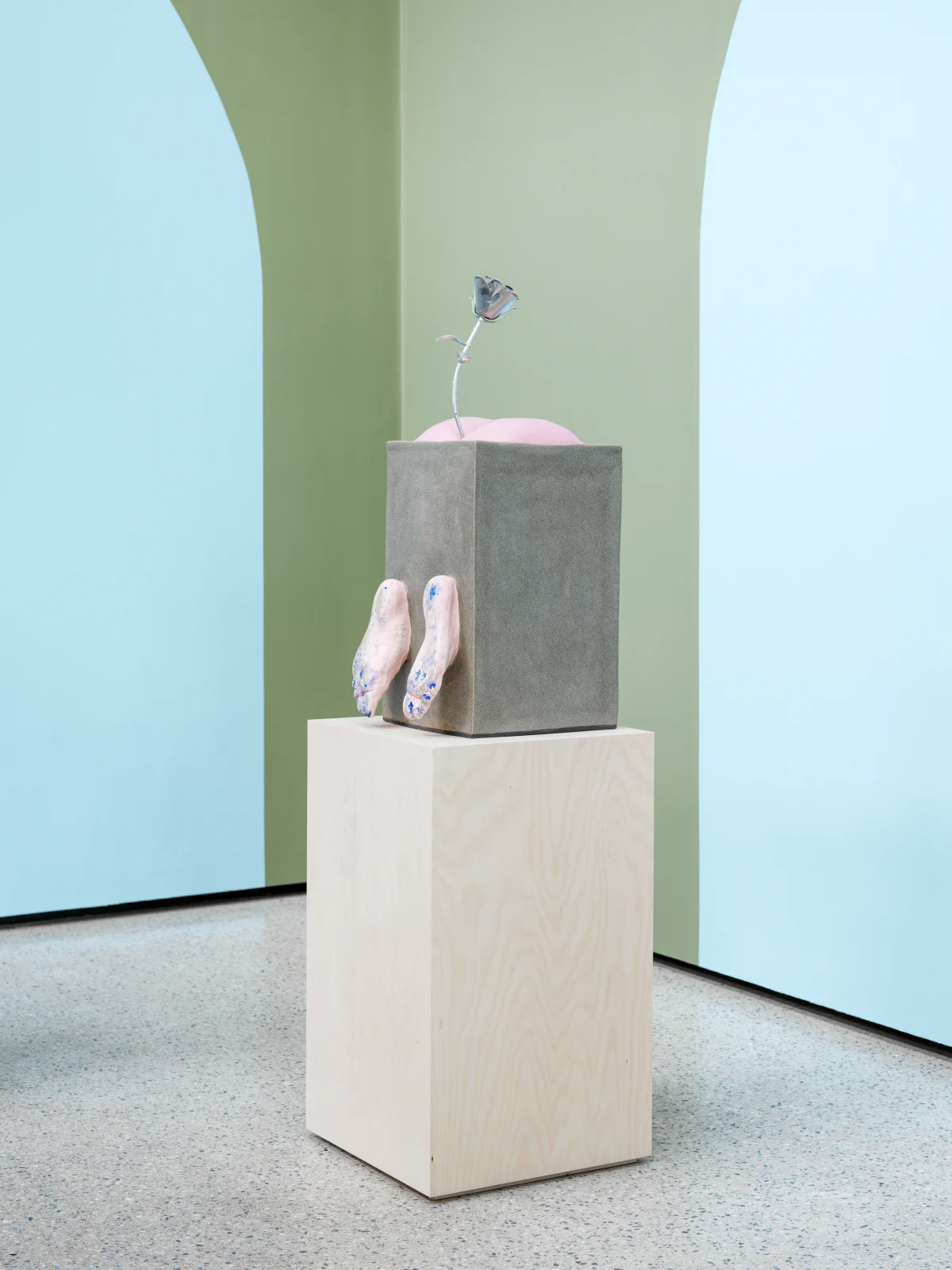
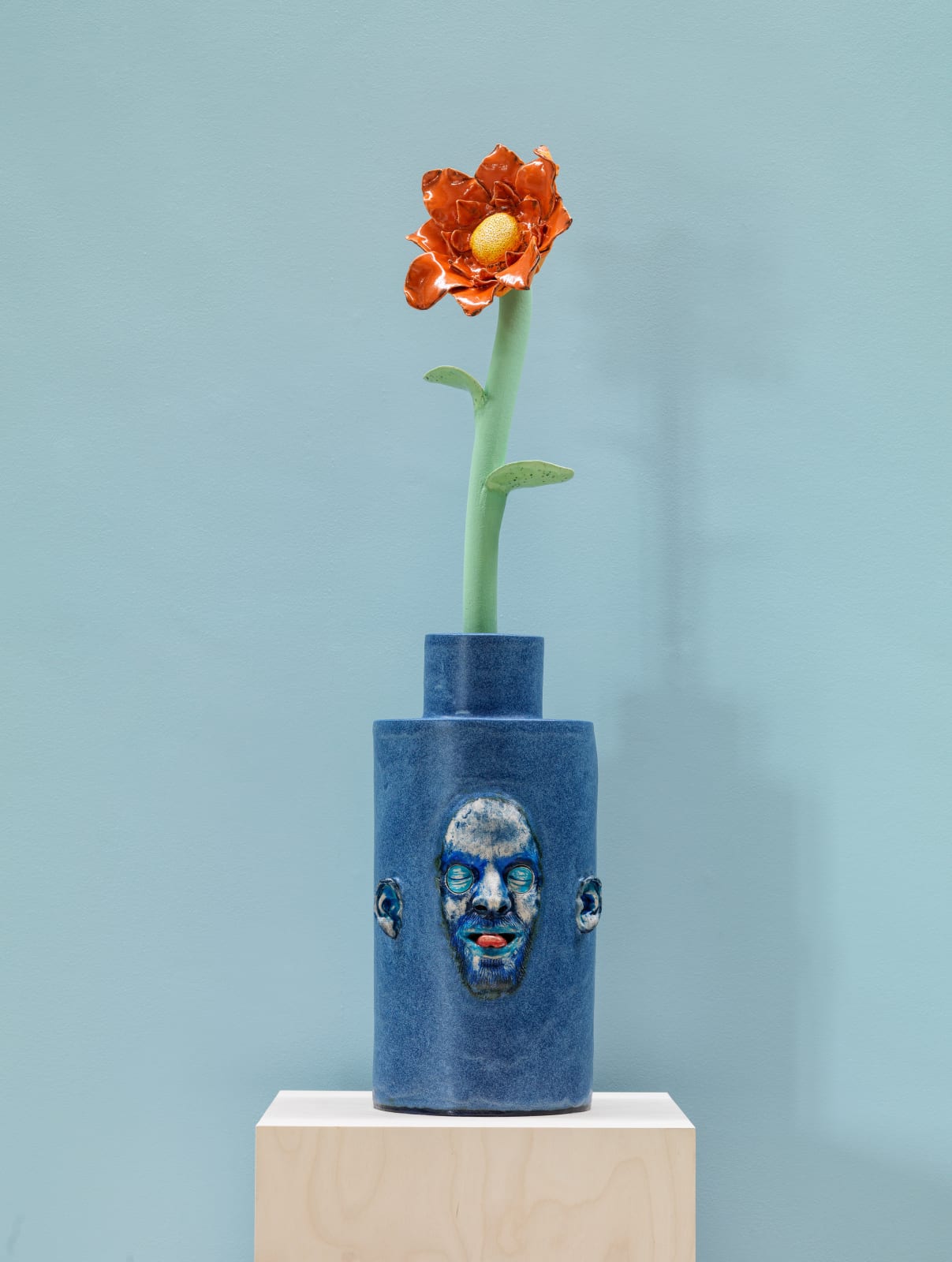
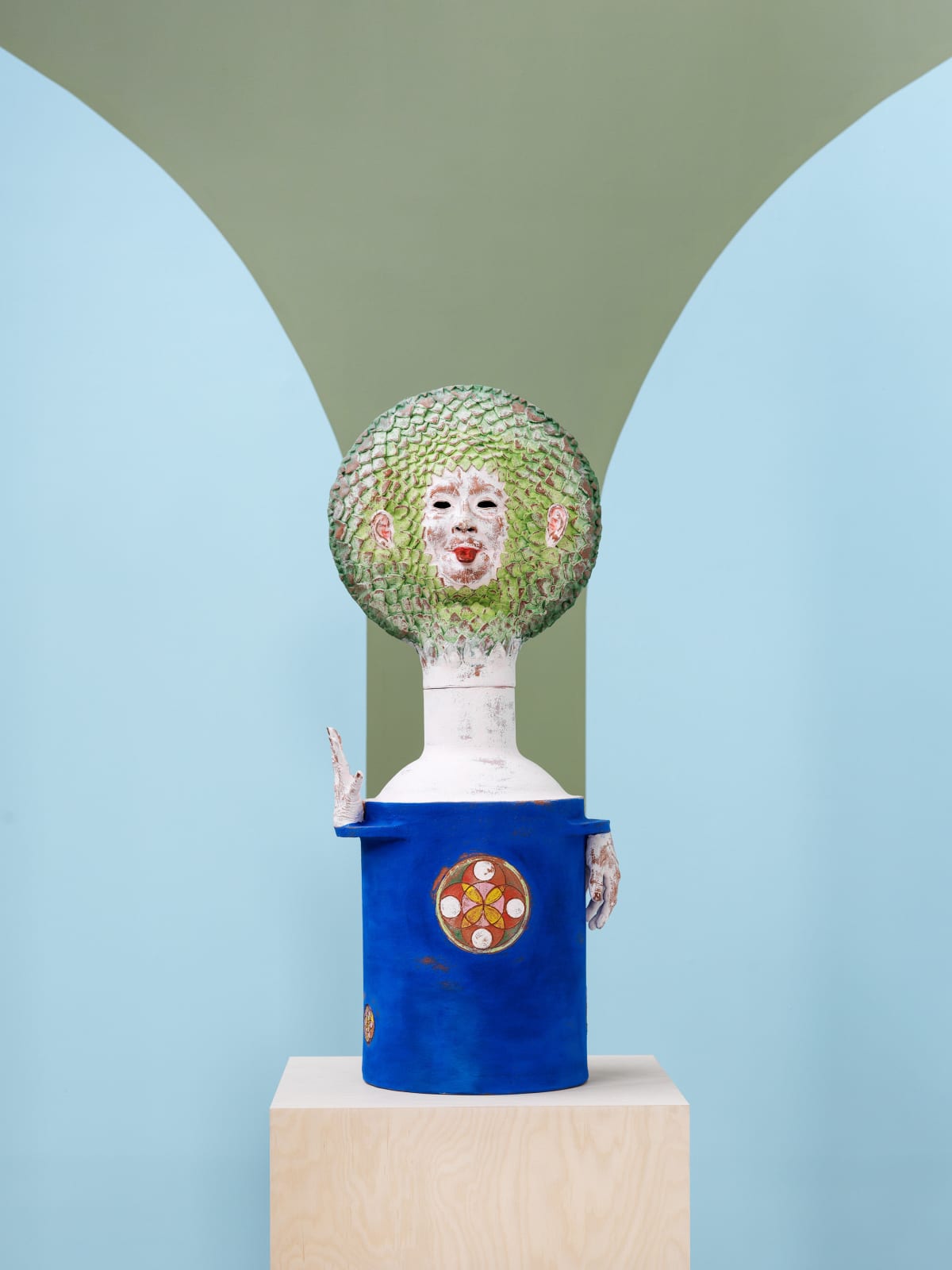

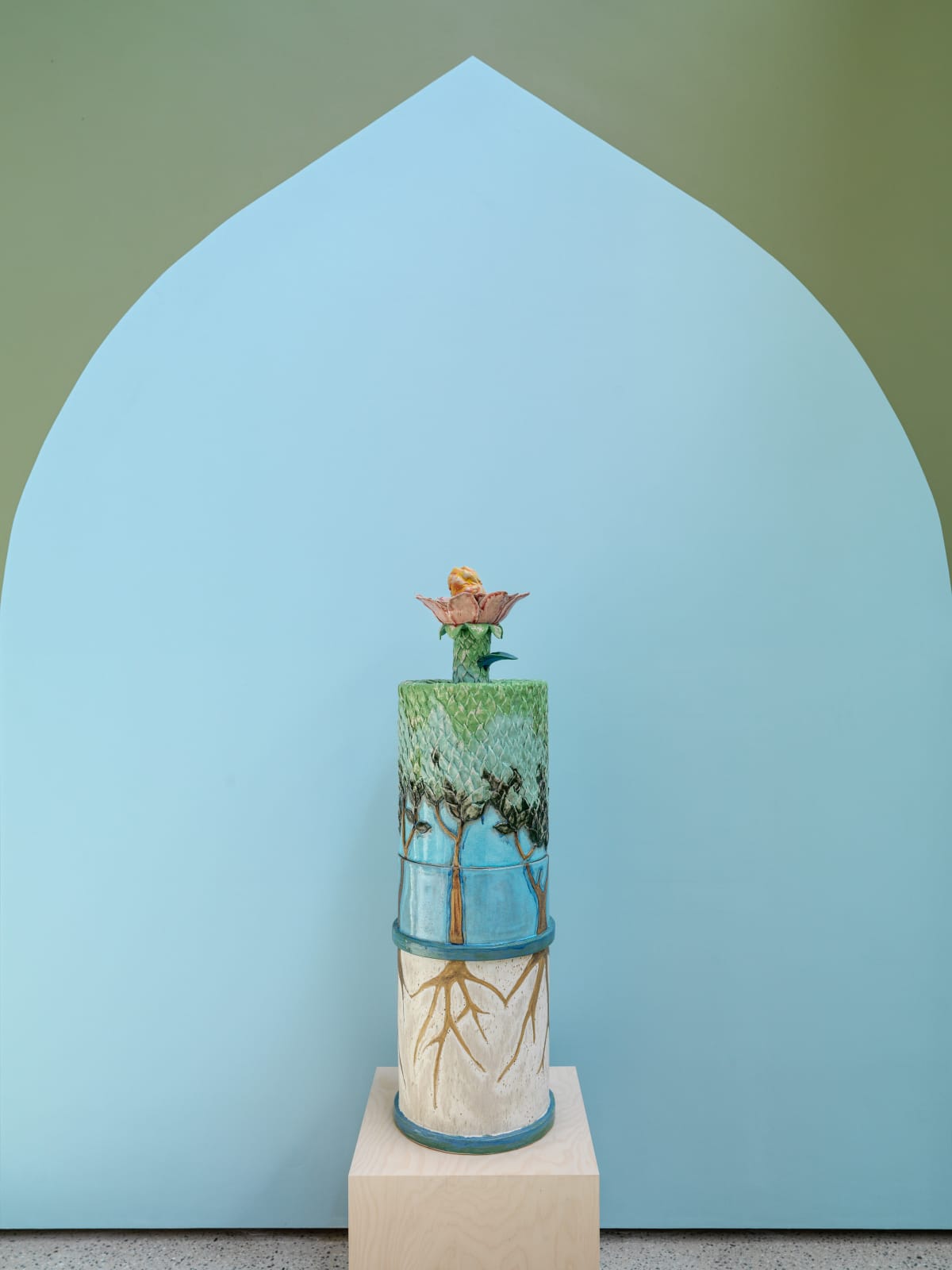
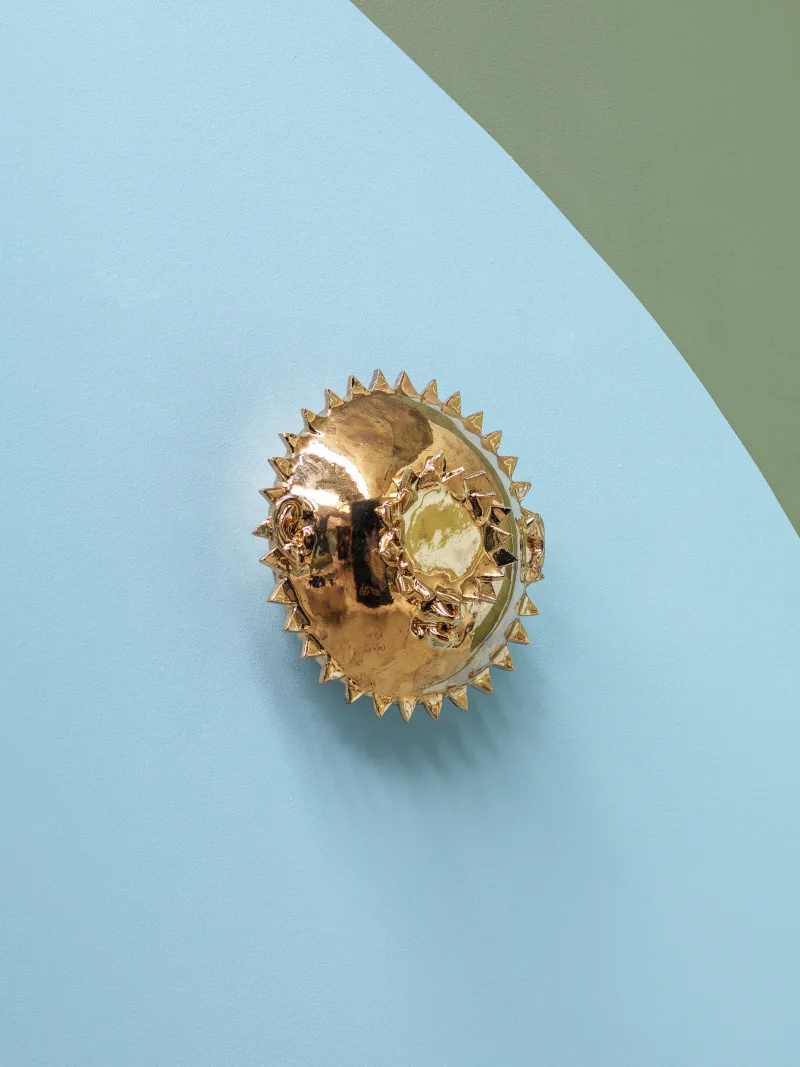
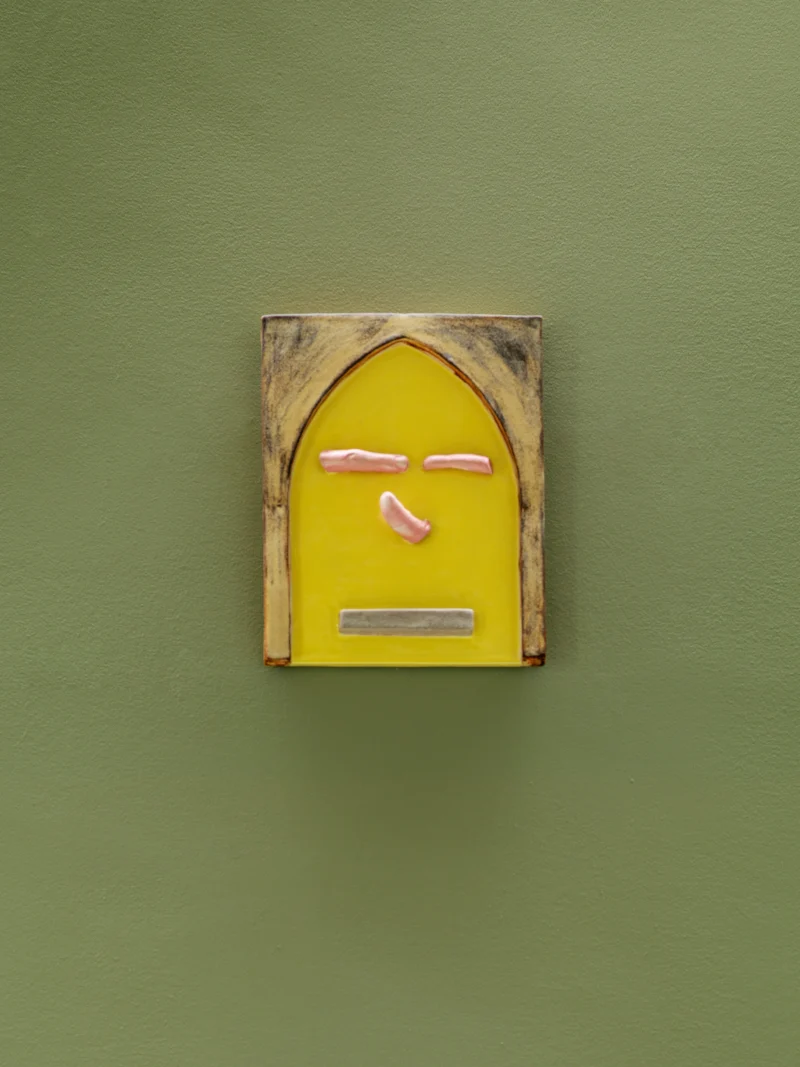
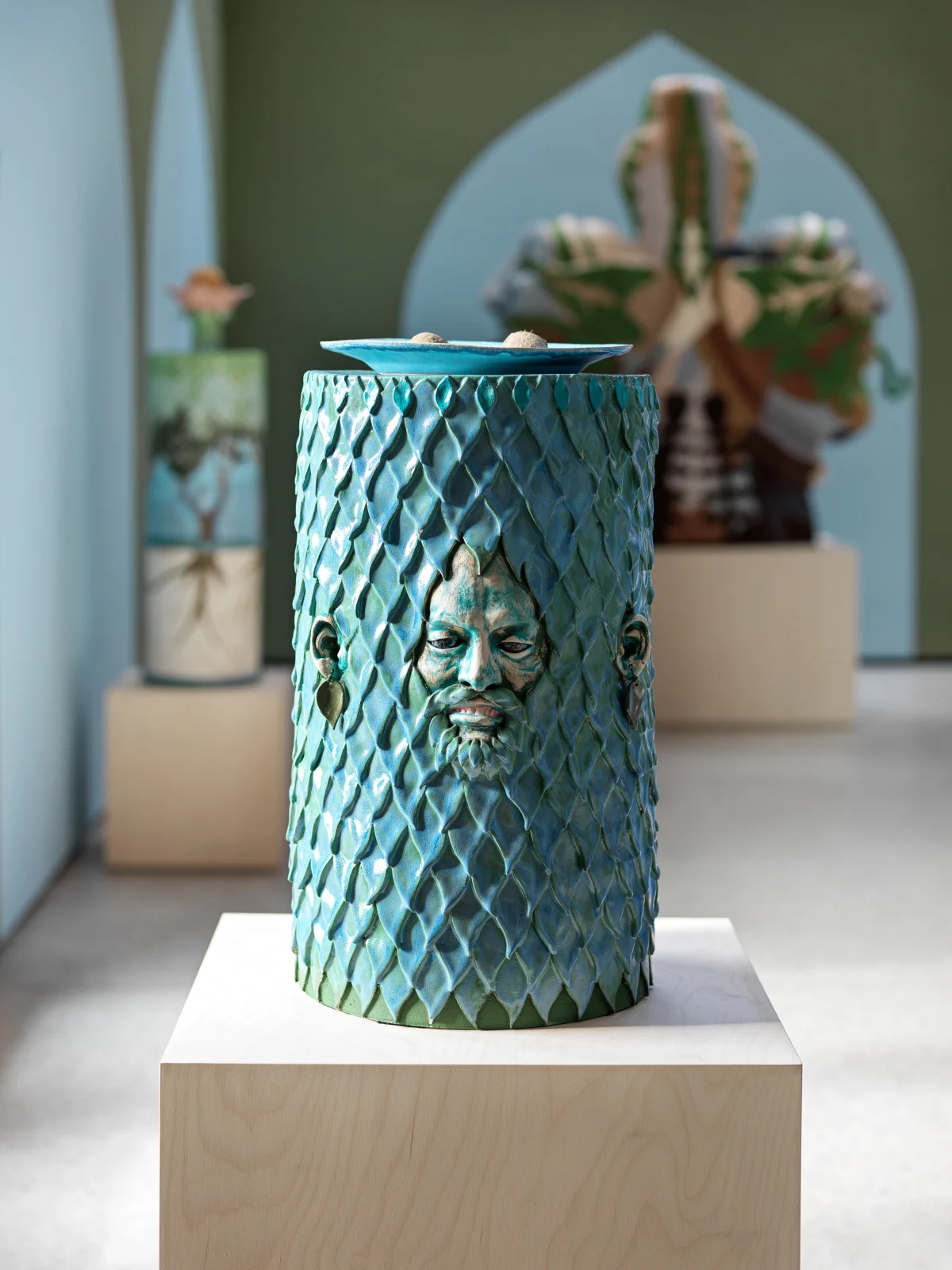
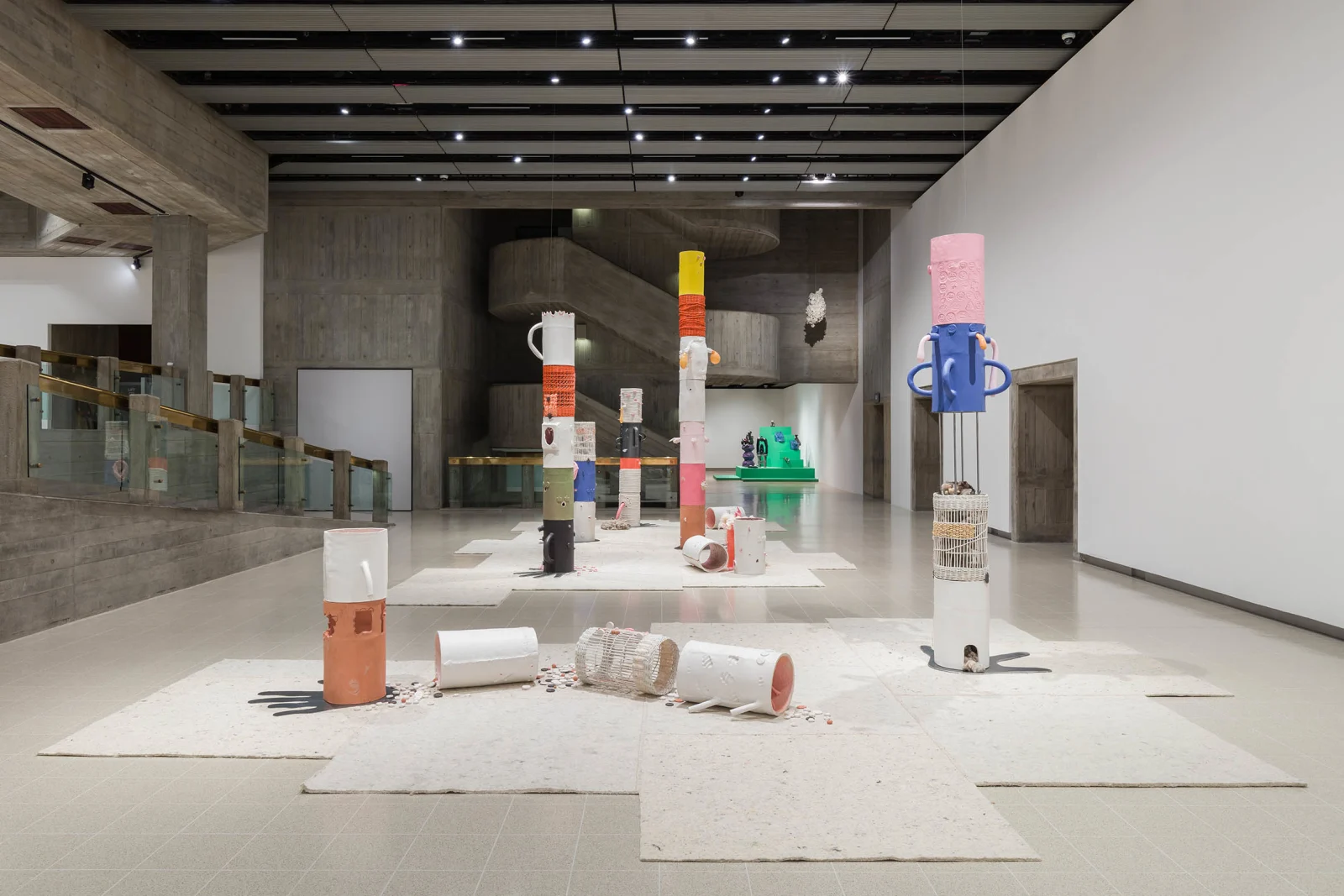
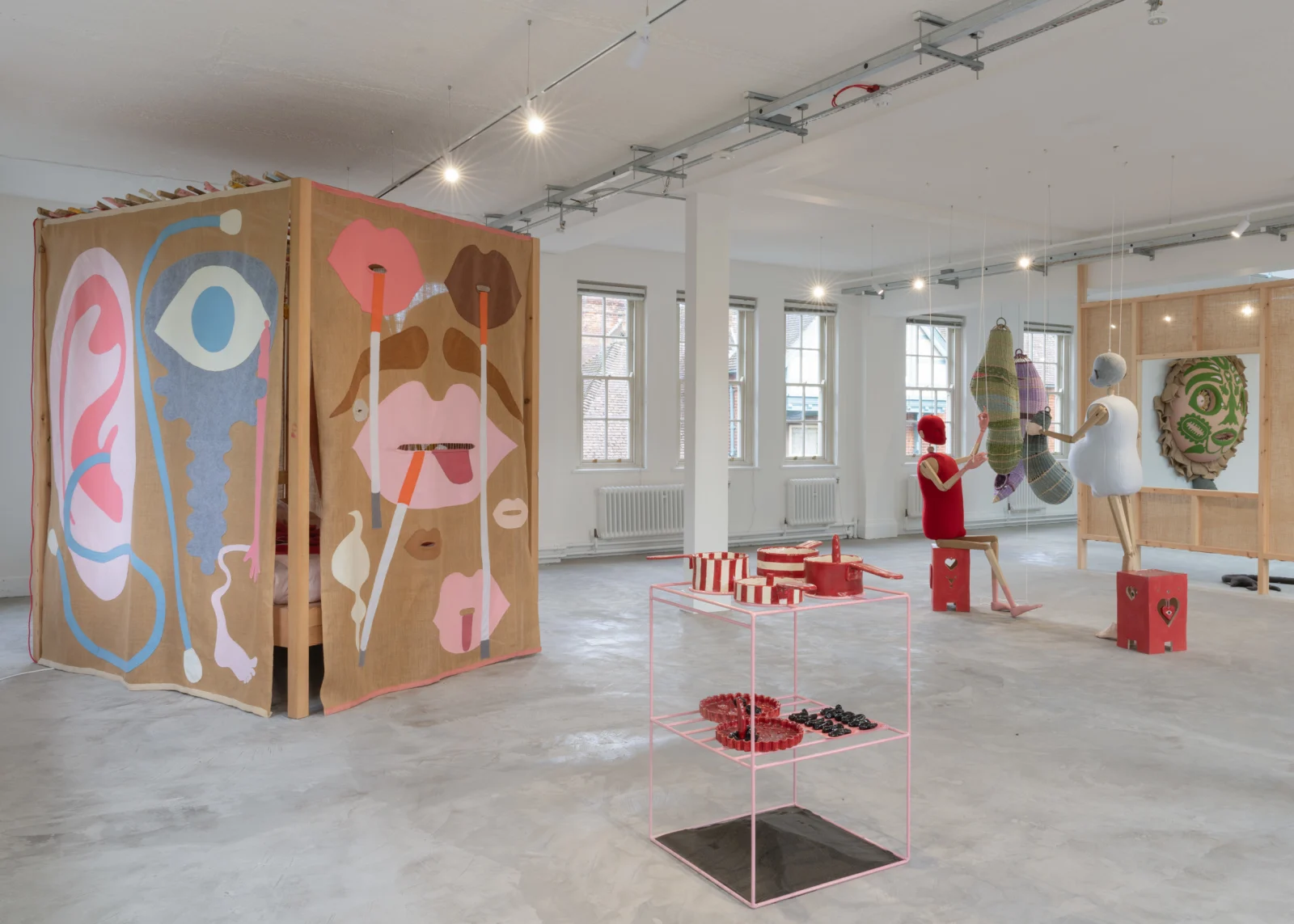
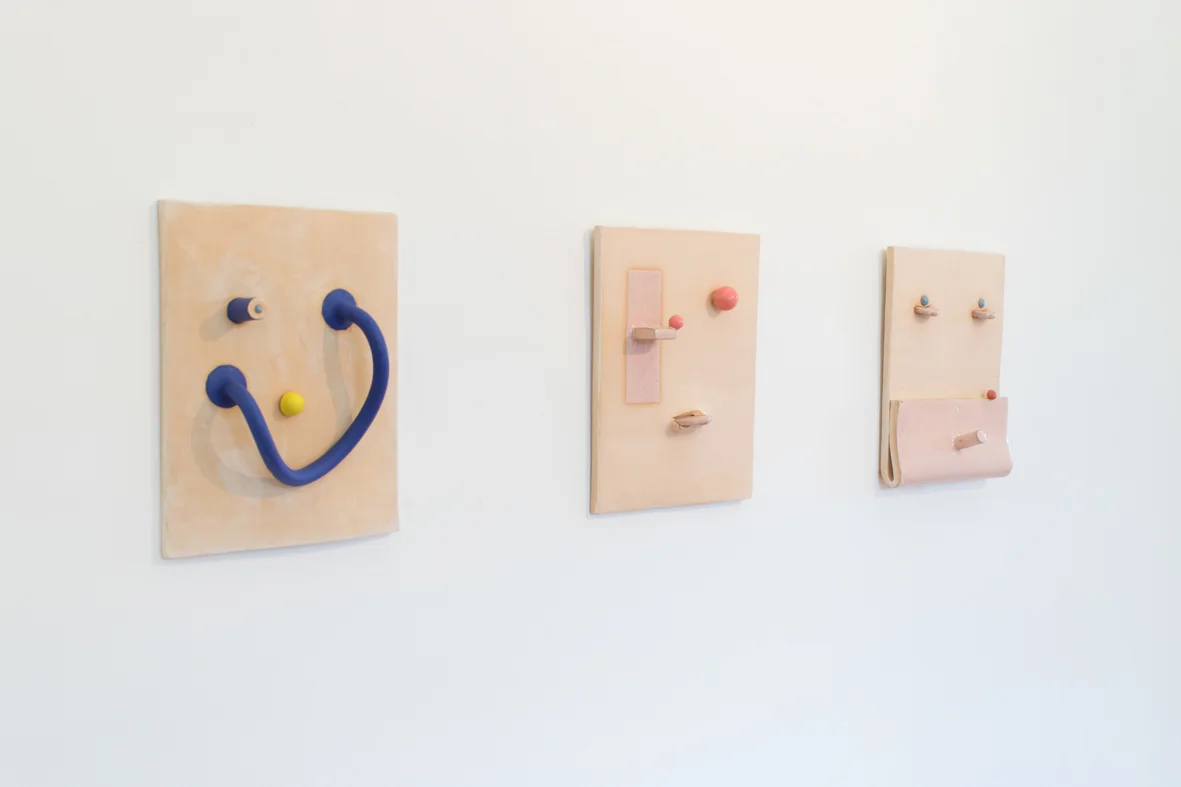


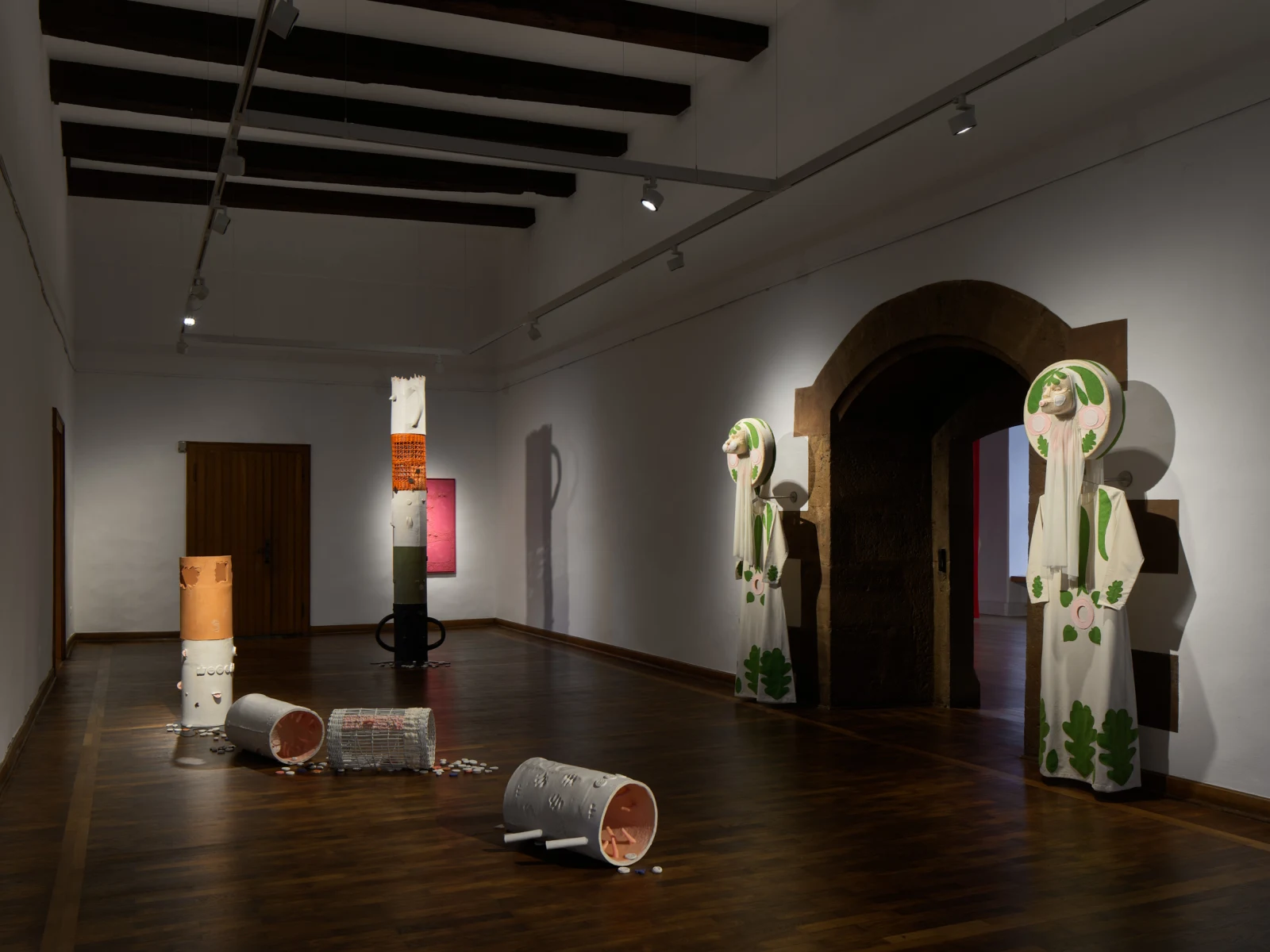
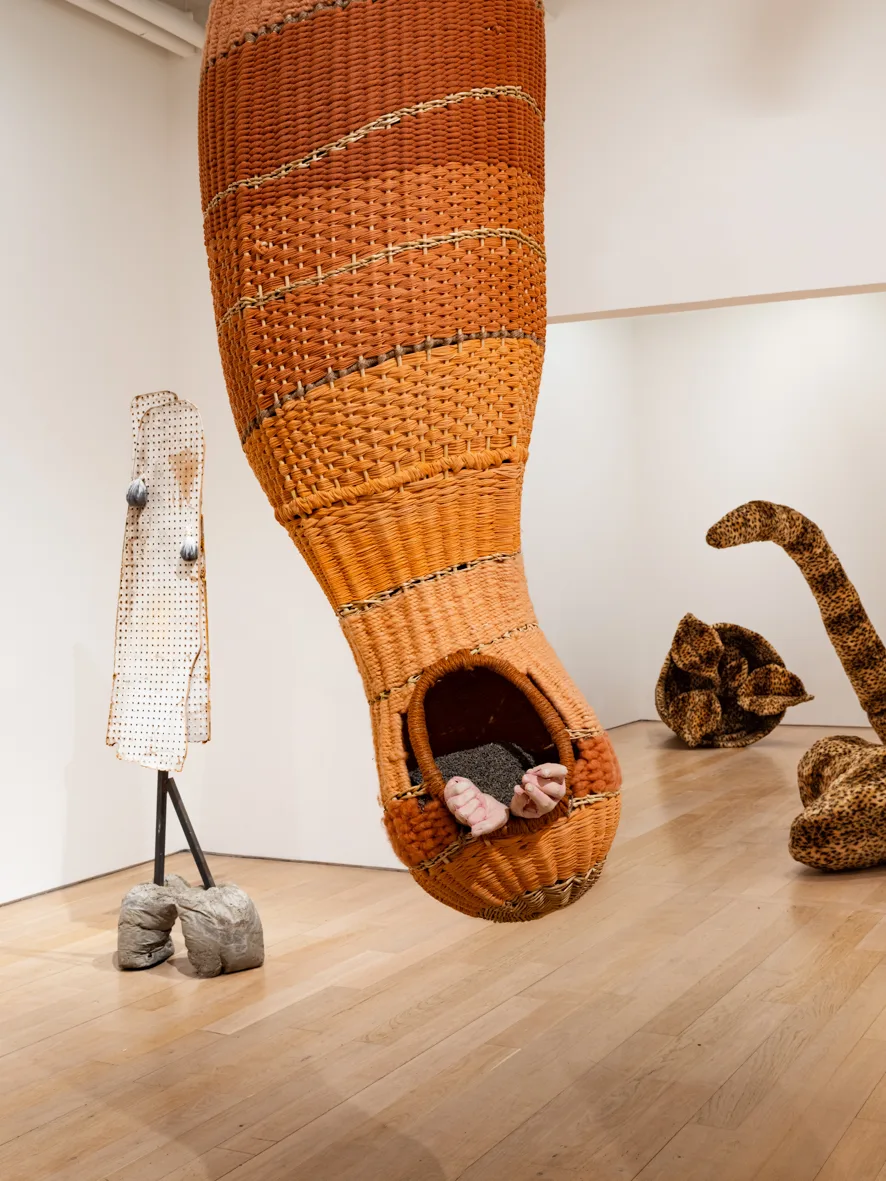
![<p class="mb-2 [ lg:mb-8 ]"><span>'From Corn Dollies to Illicit Foraging: New Art Exhibition Explores Connection to Land, Food and Tradition', </span>Eden Project, Cornwall, UK, 2023</p>](https://artlogic-res.cloudinary.com/w_1600,h_1600,c_limit,f_webp,fl_lossy,q_auto:good/ws-stephenfriedman/usr/exhibitions/images/feature_panels/2264/bald-at-eden-project-cornwall-uk-2023-1.jpg)

